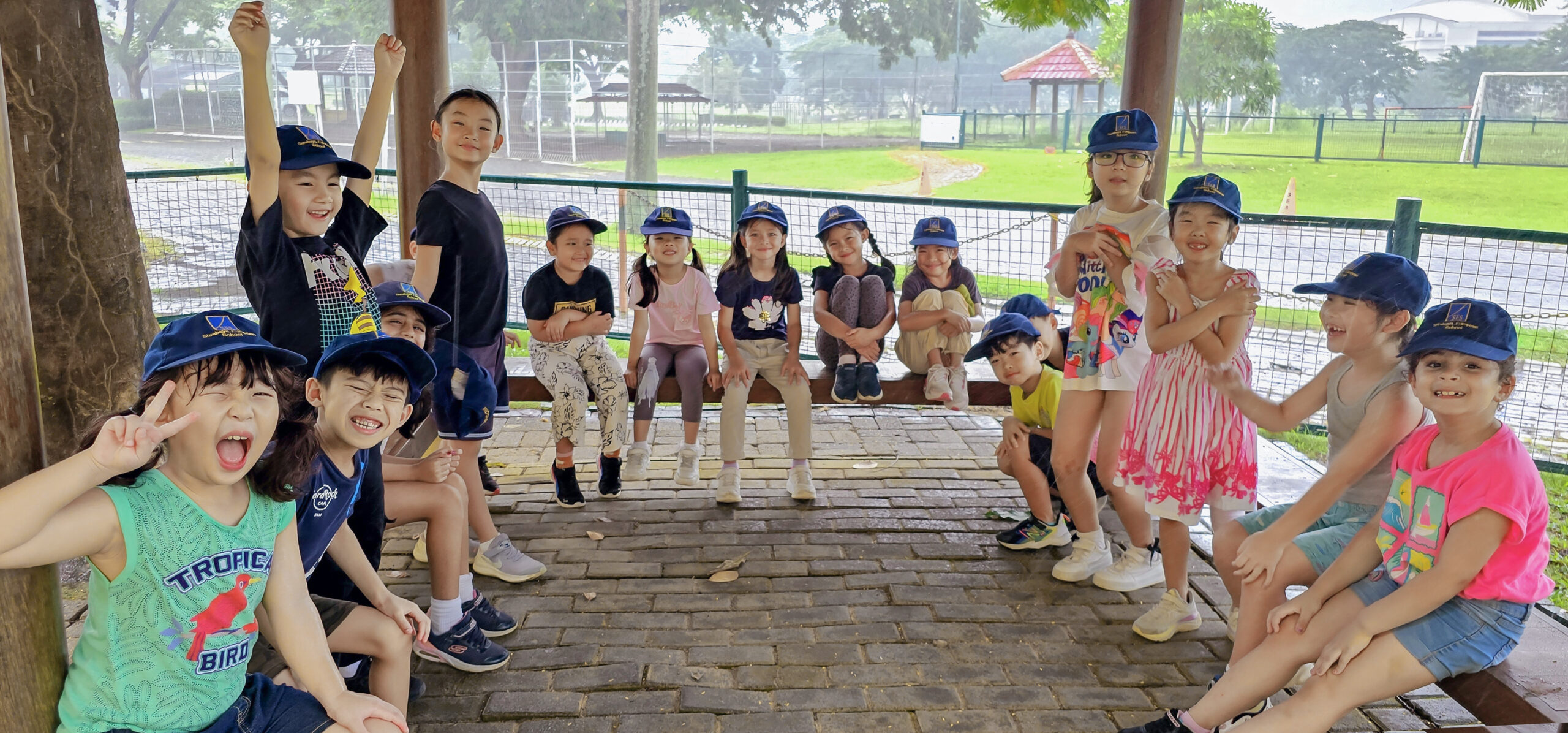
Creativity in Action – Paper Lanterns Under the Sun
Surabaya, Indonesia – At Surabaya European School, learning is not confined to textbooks and classrooms; it is an experience that comes alive through hands-on, real-world exploration. Recently, our Primary students enjoyed an engaging Outdoor Paper Lantern-Making Activity, where creativity, collaboration, and international learning beautifully came together.
Set against the peaceful backdrop of our green campus, students worked in teams to design and assemble colourful paper lanterns. The fresh air and open space added a unique energy to the task, as students excitedly folded, cut, and decorated their lanterns using various colours and materials.
But behind the fun lay a deeper educational purpose: this activity was thoughtfully integrated into our International Primary Curriculum (IPC) unit titled “Let’s Celebrate”, where students explore the ways people across the world mark important events and traditions.
The International Primary Curriculum is designed to make learning both rigorous and relevant. Through thematic units, it helps students see connections between subjects and the world around them. The lantern-making activity aligned with multiple IPC learning strands, making it a rich cross-curricular experience.
1. International Learning Goals:
Students discussed how lanterns can be found in celebrations from different parts of the world—not always tied to a single holiday, but often symbolising light, peace, hope, or new beginnings. This encouraged children to:
- Compare traditions from different countries.
- Appreciate cultural symbols beyond their surface meaning.
- Reflect on how light brings people together in many contexts.
These discussions promoted international mindedness, a core goal of the IPC.
2. Art, Design and Creative Expression:
Aligned with the Art & Design learning goals, students:
- Explored design techniques like folding, layering, and cutting.
- Learned about symmetry, contrast, and colour choices.
- Expressed emotions and stories through visual form.
Each child’s lantern was a personal creation, with design choices influenced by emotions, memories, or the joy of making something with their hands.
Beyond academics, the IPC emphasises the development of personal learning goals, such as:
- Resilience – pushing through frustration when the glue didn’t hold, or folds weren’t perfect.
- Cooperation – helping friends reach materials or hold parts in place.
- Thoughtfulness – choosing colours or patterns with intention and meaning.
- Respect – celebrating the different designs and styles of peers.
The outdoor setting enhanced these elements. Children naturally engaged in peer-to-peer learning—sharing techniques, giving tips, and encouraging each other. Teachers observed how some students took on leadership roles, while others shone in creativity or quiet concentration.
This balanced environment nurtured whole-child growth, not just technical skills.
3. A Living Classroom: Nature as an Educator
At Surabaya European School, we view our school grounds not just as a place for play, but as a living classroom, a space where knowledge comes to life and lessons are absorbed through movement, interaction, and experience.
During the lantern-making session, the benefits of outdoor learning were evident in every corner of the activity:
- Increased Engagement and Focus
The open-air environment provided a calming, yet energising space. Students displayed higher levels of concentration than typical indoor settings. The natural light, fresh air, and space to move around helped many children remain focused for longer periods and approach tasks with renewed enthusiasm.
- Natural Collaboration and Communication
Outdoors, children moved more freely between groups, naturally seeking help or offering it. Teachers noted increased levels of peer mentoring, where students who grasped techniques quickly offered guidance to those who struggled—without prompting.
For example, one student spontaneously demonstrated a folding method to a peer, saying, “Try this, it holds better with less glue!” These organic interactions strengthened social bonds and fostered confidence.
- Sensory and Kinesthetic Learning
Handling different materials, feeling textures, manipulating shapes, and moving physically through each step of the project allowed for multi-sensory learning. This especially benefited students who thrive through tactile or kinesthetic experiences children who may not typically shine in more traditional classroom activities.
- Creative Freedom and Expression
In the outdoor space, children felt less confined and more inclined to take creative risks. Some students layered unexpected colour combinations or introduced patterns inspired by nature around them—leaves, trees, or the sky. This demonstrated how the environment shapes imagination.
